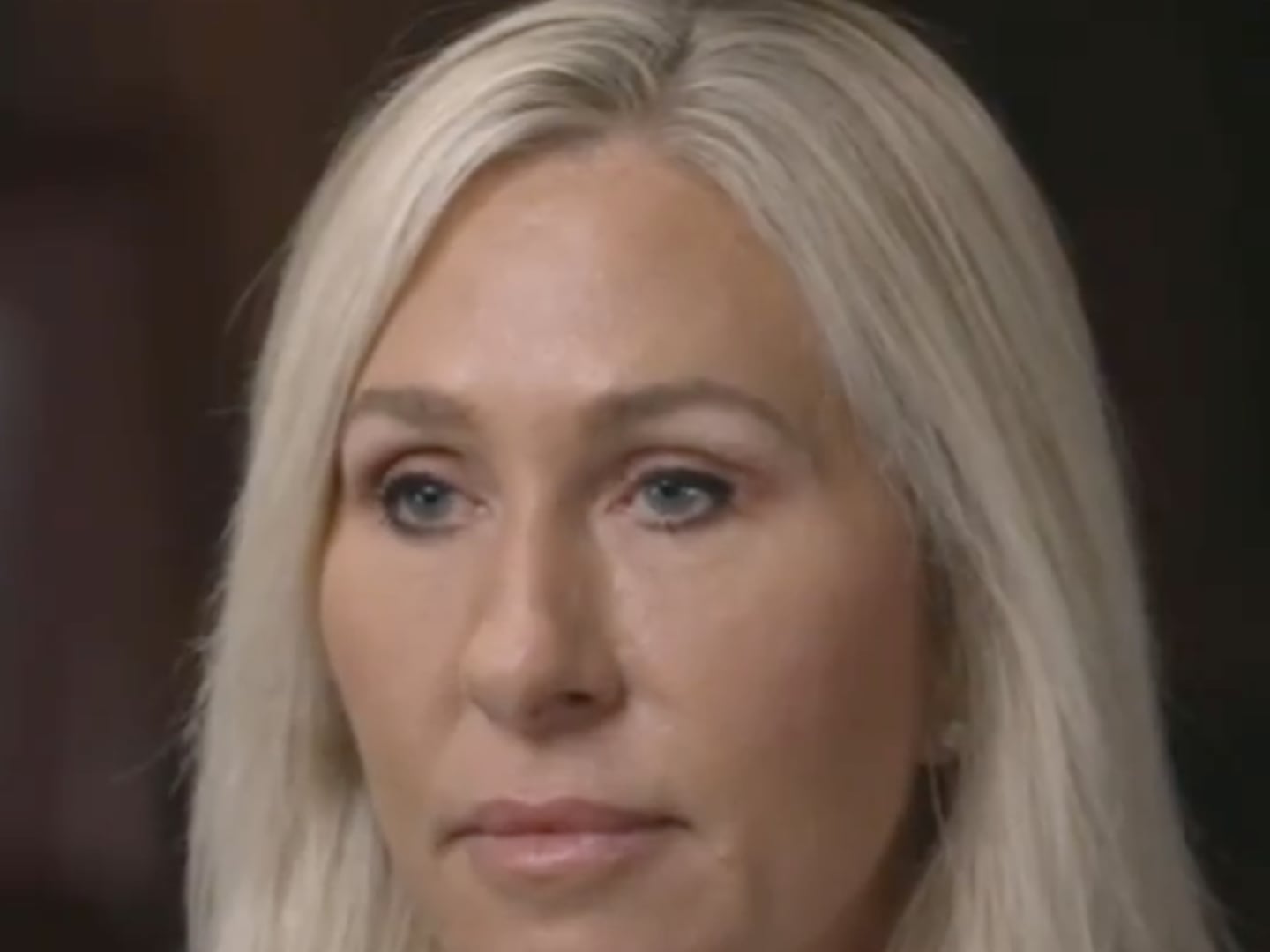Listen to this full episode of The New Abnormal on Apple Podcasts, Spotify, Amazon and Stitcher.
UCLA environmental law professor Ted Parson tells The New Abnormal how reflecting sunlight, through a process called ‘stratospheric aerosol injection,’ may help cool the Earth’s temperature by 1 degree Celsius within a few years and help ward off catastrophic climate disasters.
He said the process, which involves releasing particles of sulfur dioxide into the upper atmosphere to reflect sunlight away from the Earth, could help reverse rising temperatures.
“All the current indications are that with this stuff you could cool the Earth by a degree Celsius within a couple of years for a cost of about $10 billion or $20 billion a year, and the side effects and harm based on earlier research look like they’re really pretty… small.”
Subscribe to The New Abnormal on Apple Podcasts, Spotify, Google Podcasts, Stitcher, Amazon Music, or Overcast.
However, critics of the process say it runs the risk of damaging the ozone layer and could spark a wave of respiratory illnesses from the increased sulfur.
In June, the Biden administration said it would not be advancing solar engineering solutions to combat climate change but admitted that it was worth further research by others.
Parson says many leaders have been reluctant to embrace the active intervention approach to cooling the planet because it is not a permanent solution to climate change and they don’t want to deter efforts to cut greenhouse gas emissions.
“The few hundred people thinking about it have been trying to get governments... to pay attention for about 10 years. They mostly have refused to do so basically because people are afraid that it would even further weaken efforts to cut emissions, which we still have to do because this stuff cannot solve the problem entirely. This would be just a partial fix,” he said.
Listen to this full episode of The New Abnormal on Apple Podcasts, Spotify, Amazon and Stitcher.






